The most common slang terms for girls in the 1950s were “doll,” “dame,” “chick,” and “broad” in America. In Britain they may have been called “lass” as they still are today. They may also have been referred to as a “queen” if they were very popular. “Baby” was also a common slang term used for girls in general.
There were a select few slang terms for girl, then, that were widely used during the 1950s.
The most iconic and well-known are things like “dame” and “broad” which were constantly used in movies and other kinds of media.
Let’s find out more.
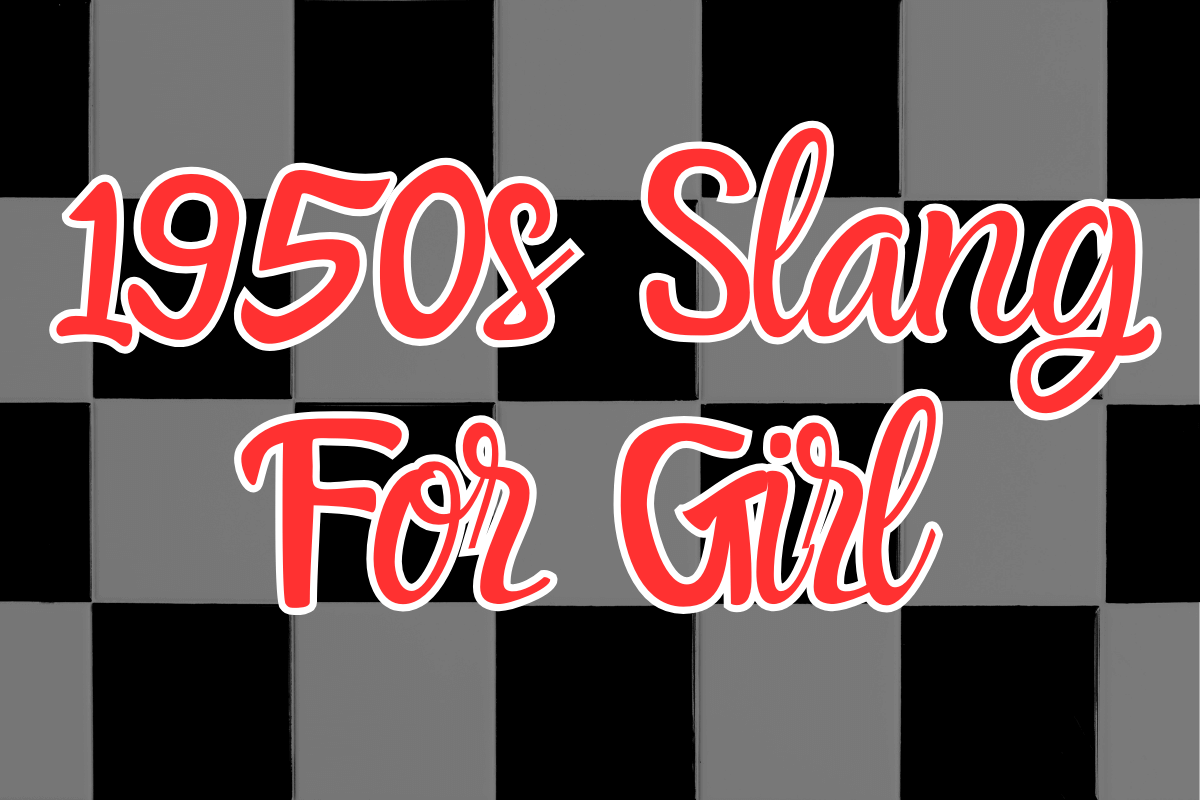
1950’s Slang For Girl
Baby
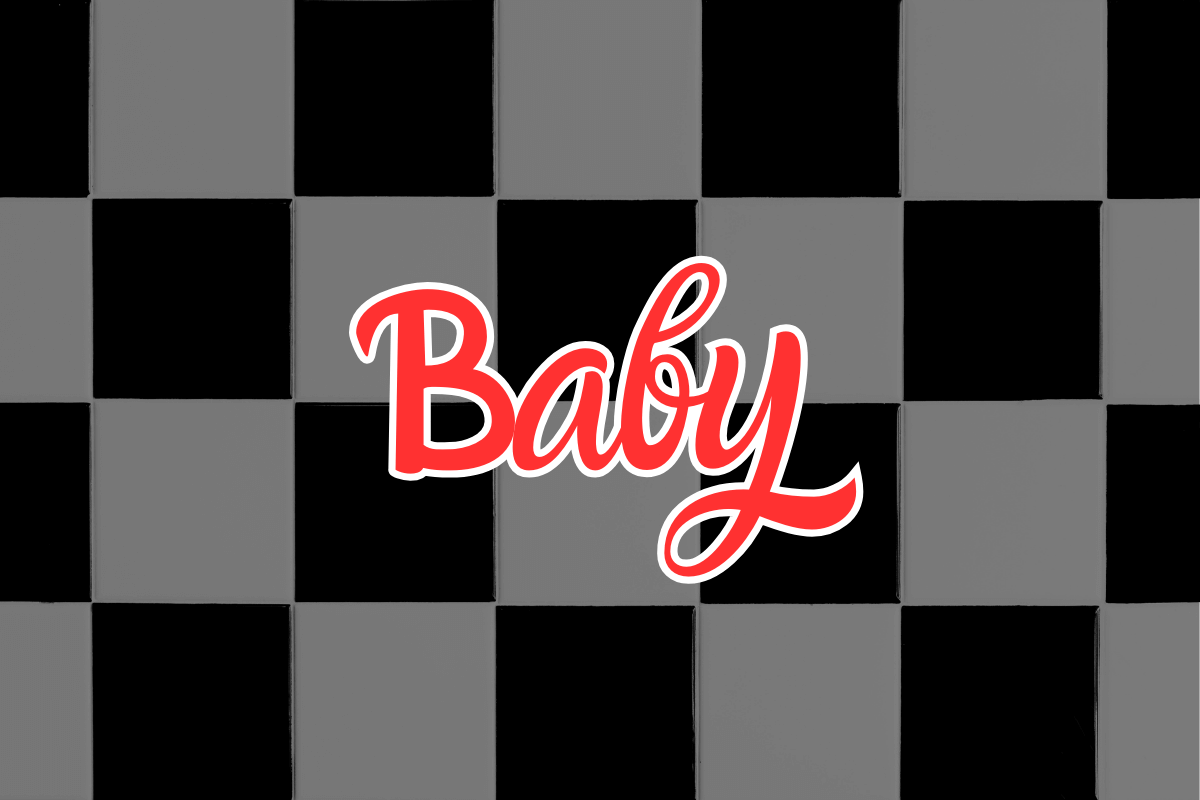
“Baby” was a widely used slang term in the 1950s to refer to a girl, often used affectionately to denote someone who was both attractive and endearing.
In the context of the era, it was a casual, sweet way to address a woman or to describe a charming young lady.
Although its usage might be viewed differently today, in the 1950s it captured a tender and complimentary sentiment that was part of the era’s cultural terminology.
Examples in sentences:
- “Hey baby, would you like to dance?”
- “That baby is the cutest girl in town!”
- “You look wonderful tonight, baby.”
- “Come on, baby, let’s grab a bite to eat.”
- “She’s my baby, always has been.”
Bimbo
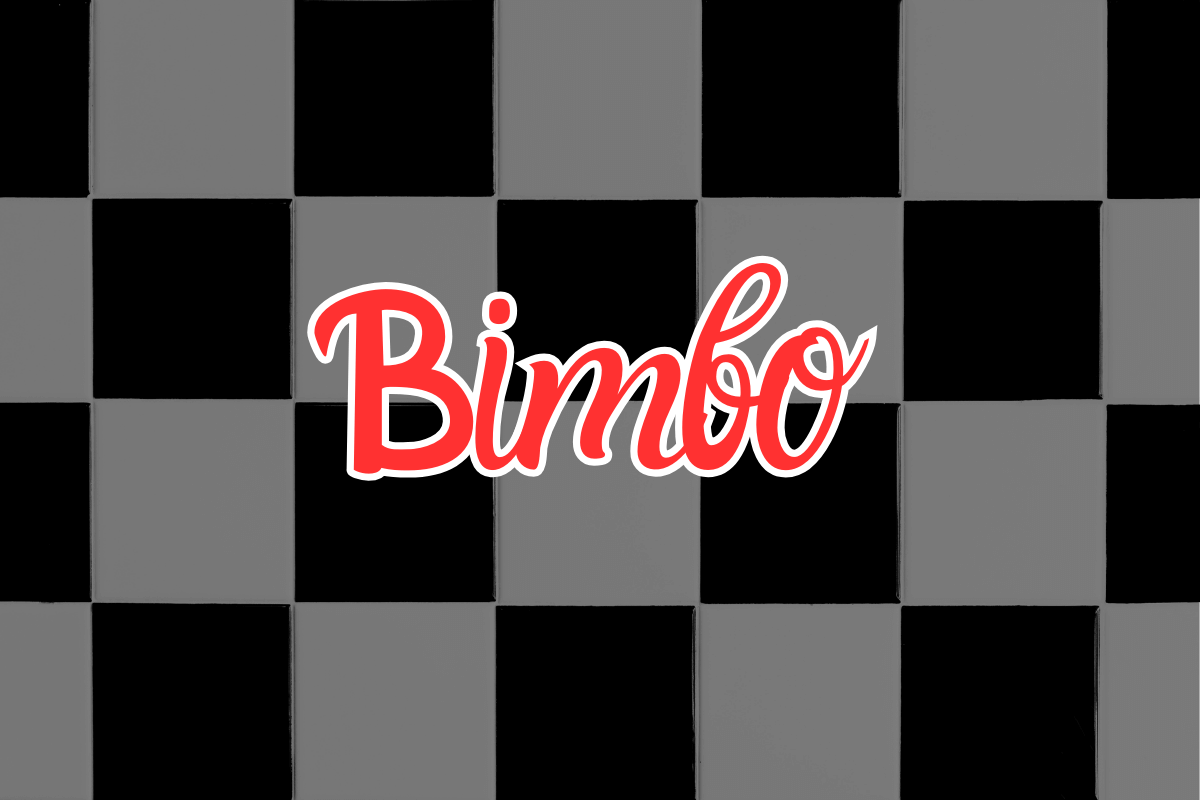
“Bimbo” was a common term in the 1950s used to refer to a girl who was considered attractive but, unfortunately, was also stereotyped as being less intellectually inclined.
Although the term is now widely regarded as offensive, it was part of everyday slang during that era, reflecting the prevalent gender stereotypes.
Its usage in the 1950s illustrates how language both shapes and reflects societal attitudes.
Examples in sentences:
- “In the film, she was portrayed as a bimbo, beautiful yet a bit clueless.”
- “He casually referred to her as a bimbo, not realizing the sting of the word.”
- “Some advertisements from the 1950s depicted the ideal bimbo as glamorous but shallow.”
- “Back then, calling someone a bimbo was common, though it’s seen very differently today.”
- “Despite its usage in the 1950s, the term bimbo has since fallen out of favor due to its derogatory connotations.”
Broad

“Broad” was a common slang term in the 1950s used to describe a woman in a casual, often demeaning way.
Though it appeared frequently in films and everyday conversation during that era, its usage reflected the less progressive attitudes of the time.
Today, the term is widely regarded as offensive and outdated, serving as a reminder of how language evolves with cultural shifts.
Examples in sentences:
- “He nonchalantly referred to her as a broad in the movie.”
- “Back in the day, calling someone a broad was all too common.”
- “The film portrayed a rough character who would often call women broads.”
- “Although it was once acceptable, the term broad is now seen as derogatory.”
- “Many 1950s films feature characters using the term broad without a second thought.”
Chick
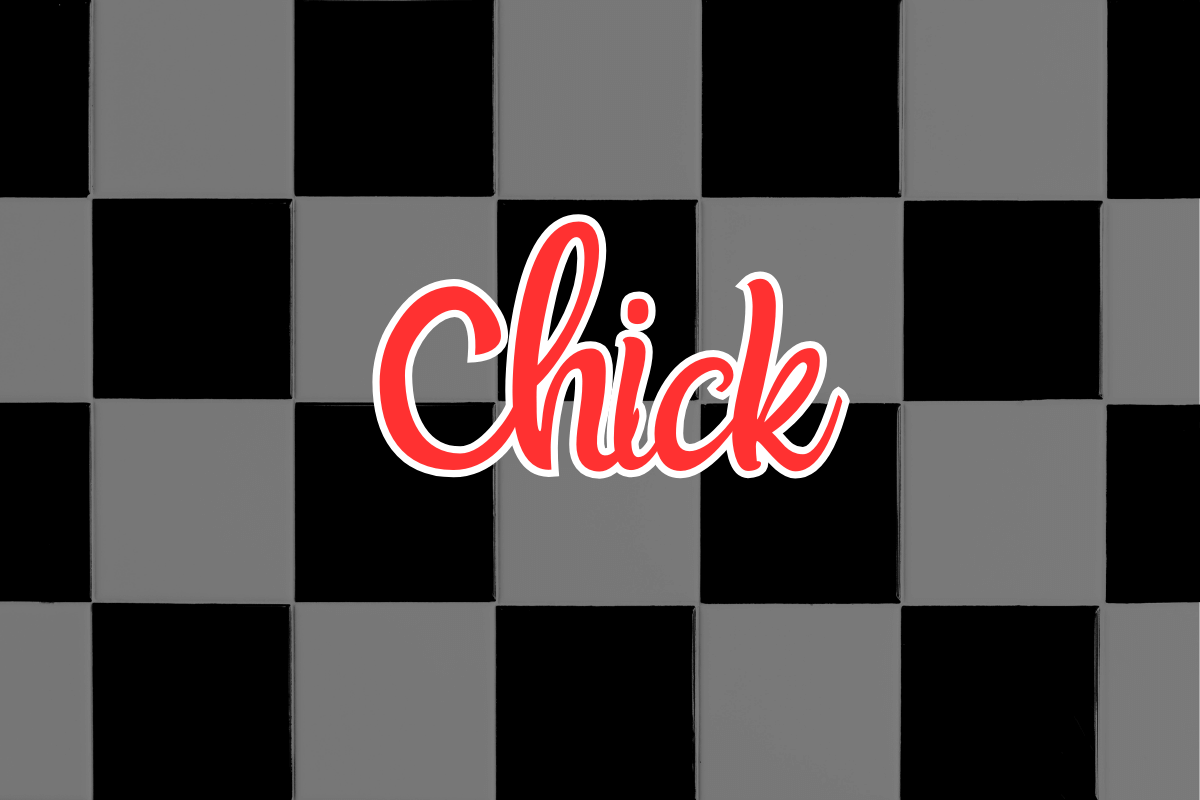
“Chick” was a common slang term in the 1950s used to refer to a girl or young woman in a relaxed, informal manner.
While today the term might be viewed as dated or even pejorative by some, during the 1950s it was a ubiquitous part of casual conversation and pop culture, often used without negative intent.
Examples in sentences:
- “That chick sure knows how to cut a rug on the dance floor!”
- “He spent the evening chatting with a few cool chicks at the diner.”
- “Back in the day, every guy wanted to impress that stylish chick.”
- “She was the kind of chick everyone wanted to know.”
- “At the party, the chicks were having a blast and dancing all night.”
Cutie
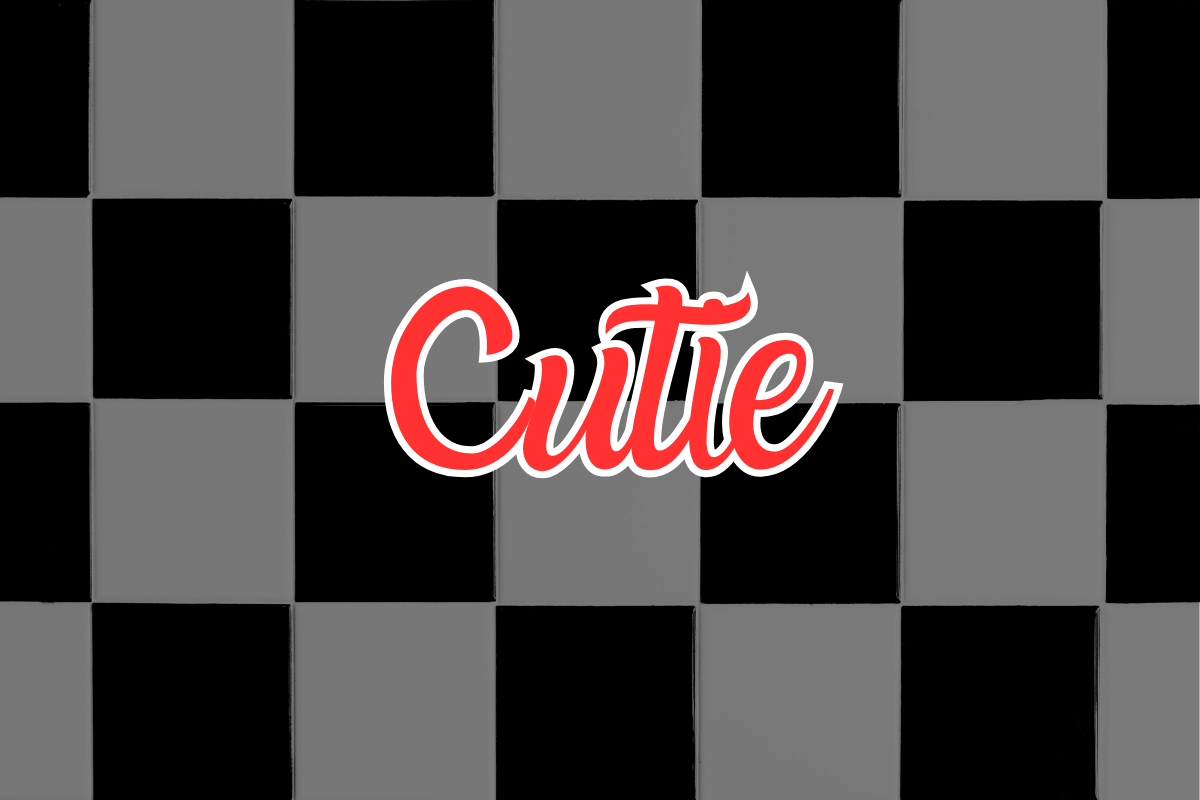
“Cutie” was commonly used in the 1950s to describe a girl or young woman who was considered adorable and attractive.
The term conveyed warmth and charm, and it was a friendly, complimentary way to address someone who caught your eye.
Although its usage has evolved over time, “cutie” remains a nostalgic nod to the era’s affectionate slang and casual, upbeat style of conversation.
Examples in sentences:
- “That cutie at the diner really brightened up the room.”
- “He called her a cutie, and she couldn’t help but smile.”
- “Everyone agreed that the new girl was a real cutie.”
- “She was known as the cutie of the neighborhood.”
- “The film showcased a cutie with a winning smile.”
Dame

“Dame” was widely used in the 1950s to refer to a woman, typically one who was attractive or carried an air of sophistication.
Originally, the term carried connotations of respect and elegance, but over time it became a more casual way to address or describe a woman.
While considered somewhat dated or even off-putting by today’s standards, “dame” was a staple of mid-century slang, often heard in movies and everyday conversation.
Examples in sentences:
- “That dame over there has a style all her own.”
- “He asked the dame if she’d care to join him for a drink.”
- “In classic films, the leading dame always stole the show.”
- “Every chap in town wanted to impress that classy dame.”
- “She was known as the sharpest dame around.”
Doll
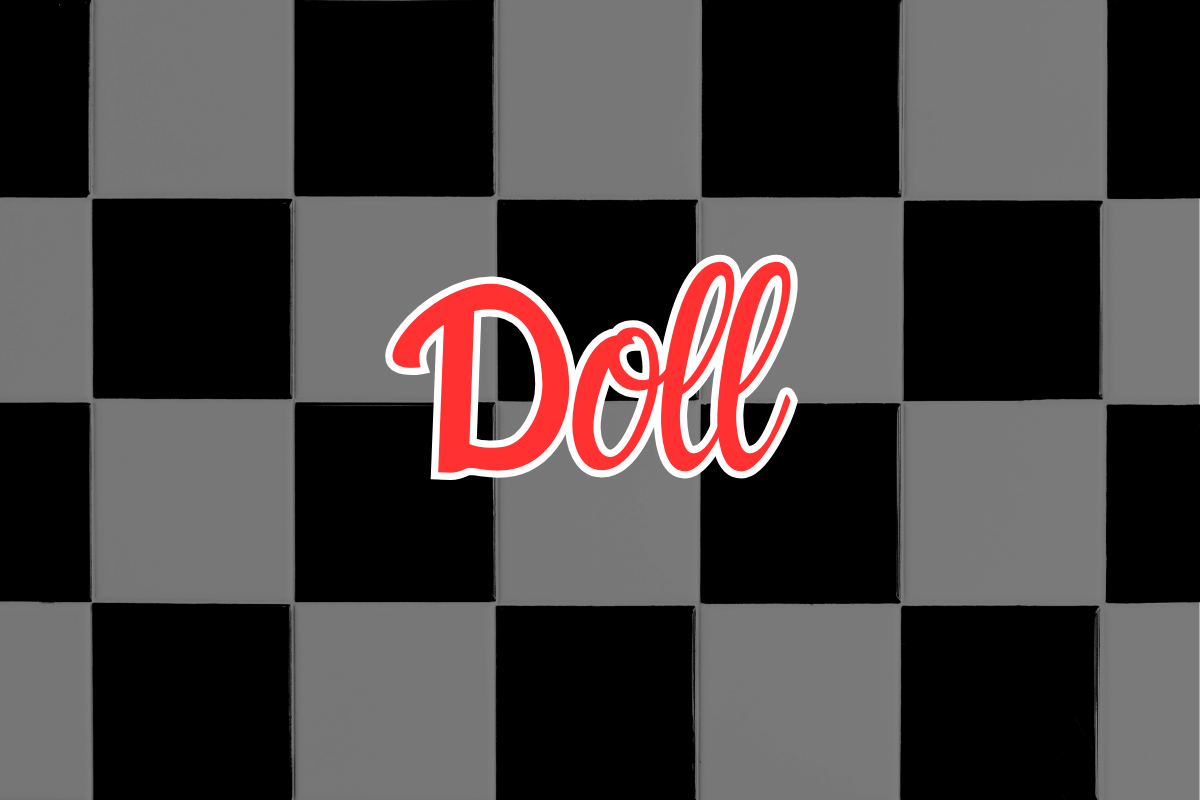
“Doll” was a popular slang term in the 1950s used to denote a girl who was not only attractive but also carried an air of charm and grace.
Often employed as a term of endearment, “doll” conveyed admiration and affection in casual conversations and films of the era.
While the term may seem dated today, it perfectly captures the mid-century ideal of feminine beauty and style, making it an iconic part of 1950s slang.
Examples in sentences:
- “Hey doll, care to join me for a dance?”
- “That movie star was the ultimate doll of the silver screen.”
- “You look like a real doll in that new dress!”
- “Everyone in town knew her as the sweetest doll around.”
- “He couldn’t take his eyes off that doll all night.”
Gal
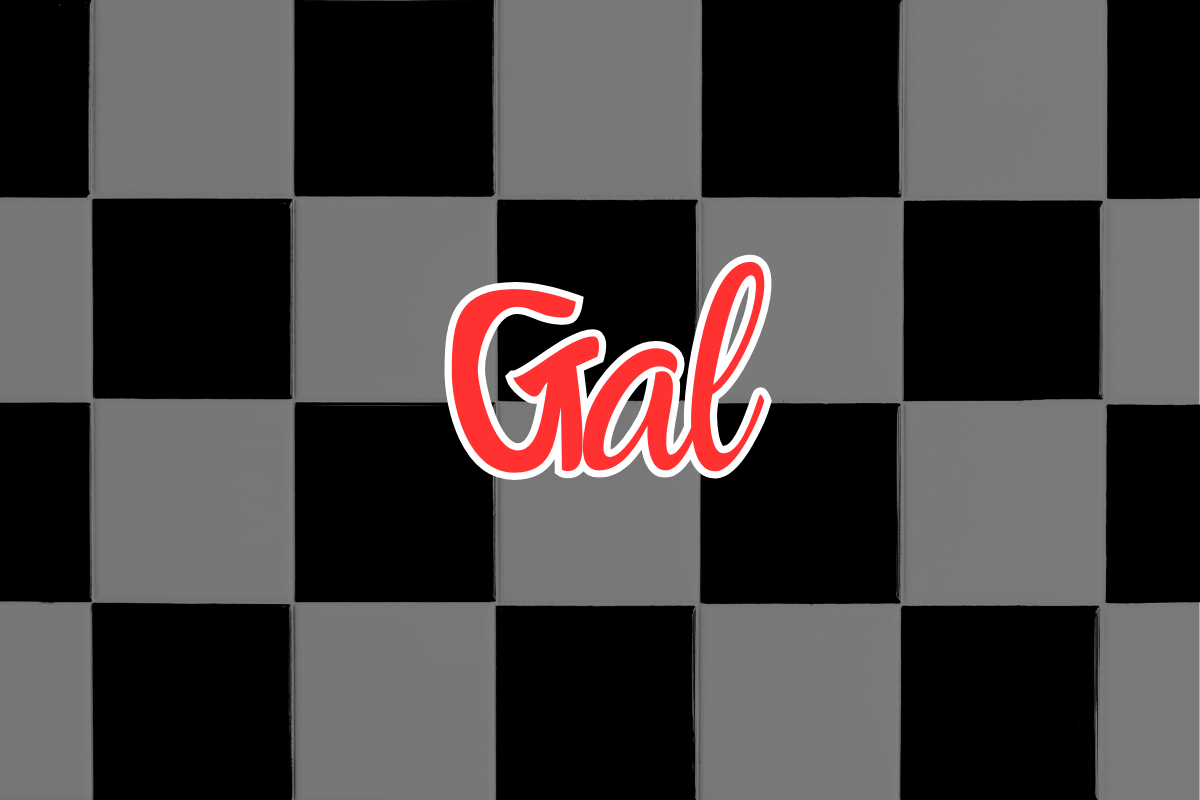
“Gal” was a common slang term in the 1950s used to refer to a girl or young woman in an informal, affectionate way.
It conveyed a sense of familiarity and warmth, making it a go-to word in everyday conversation.
While still used today in a friendly context, “gal” evokes the vintage charm and relaxed social interactions typical of the 1950s.
Examples in sentences:
- “That gal has an amazing sense of style!”
- “I met a really kind gal at the dance last night.”
- “She’s a cool gal, always up for an adventure.”
- “Back in the day, every guy wanted to impress a smart gal.”
- “He’s always chatting with the gals at the diner.”
Honey
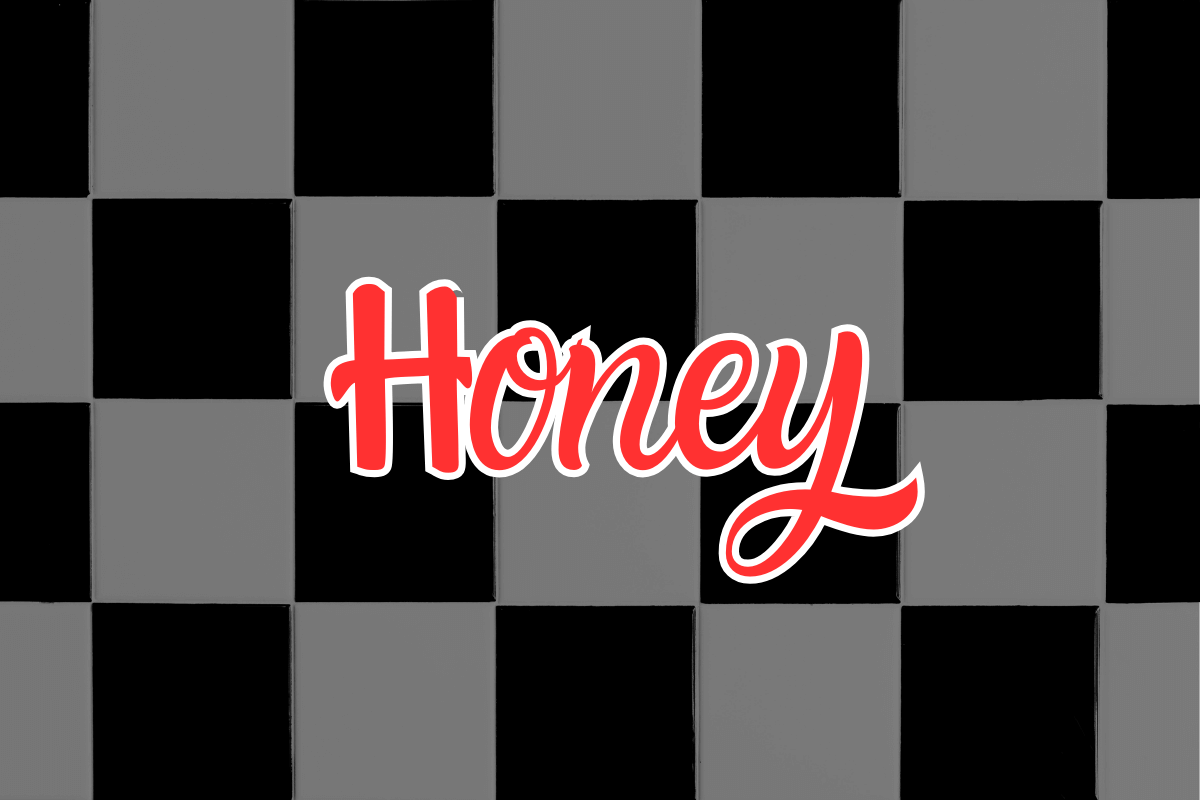
“Honey” was a popular 1950s term of affection, used to address a girl or woman in a warm, familiar way.
It conveyed sweetness and charm, much like the natural substance it’s named after.
In everyday conversation, calling someone “honey” expressed both admiration and gentle intimacy, capturing the era’s blend of casual romance and polite courtesy.
Examples in sentences:
- “Hey honey, can you pass me the sugar?”
- “You look lovely tonight, honey.”
- “My honey always knows how to brighten my day.”
- “Thanks, honey, you really made my evening.”
- “Come on, honey, let’s head out for a walk.”
Lass
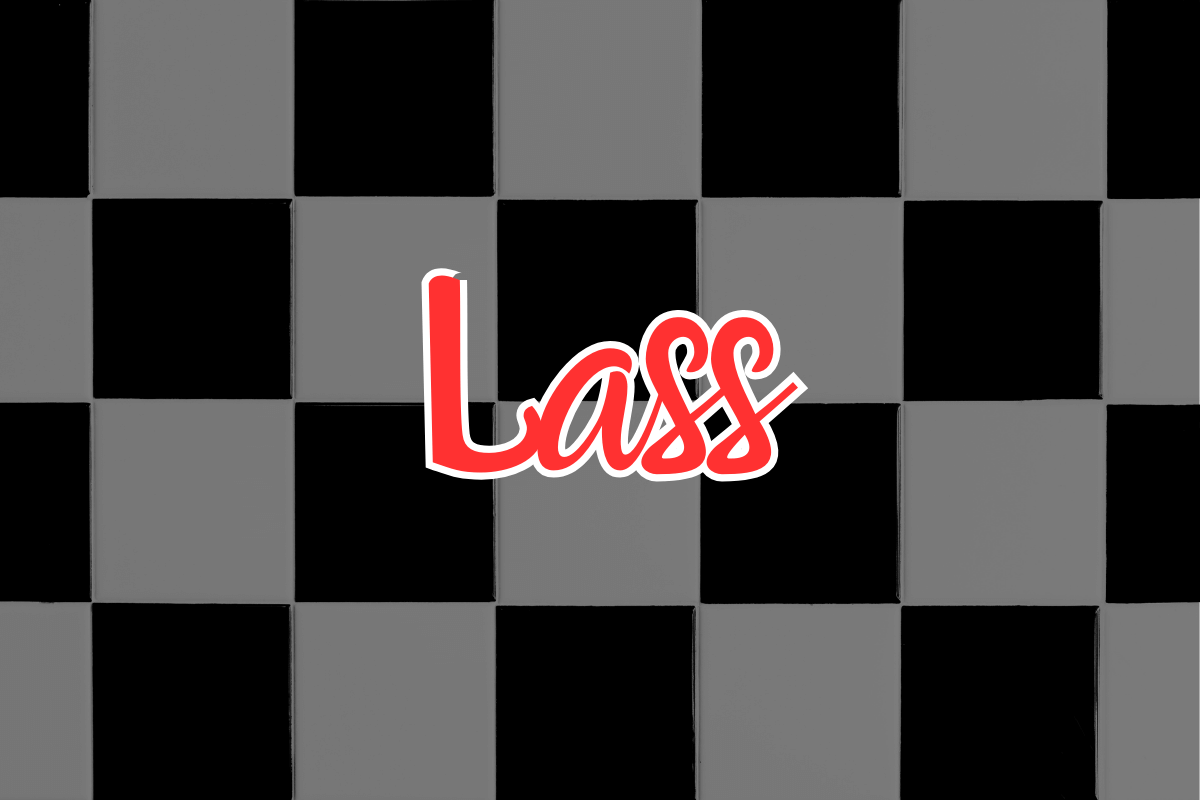
“Lass” is a timeless term that was commonly used in the UK during the 1950s to refer to a girl or young woman.
While it has deep historical roots, dating back centuries, it remained a widely used and affectionate term throughout the mid-20th century.
Particularly popular in northern England and Scotland, “lass” carried a warm, familiar tone, making it a natural way to refer to a girl in everyday conversation.
Examples in sentences:
- “That lass at the café was really friendly.”
- “He’s always had an eye for a pretty lass.”
- “My gran used to say she was a wild lass in her younger days.”
- “A proper Yorkshire lad needs a good lass by his side.”
- “The young lass at the shop helped me carry my bags home.”


This is awesome.
It’s always .” never “.
Great post!